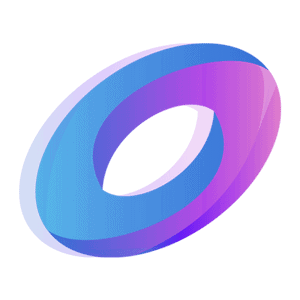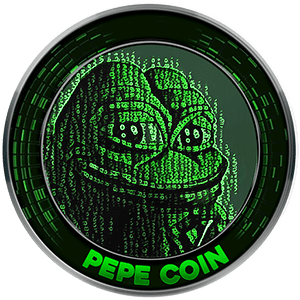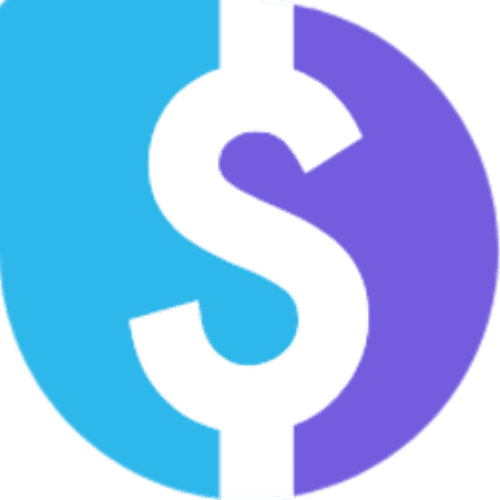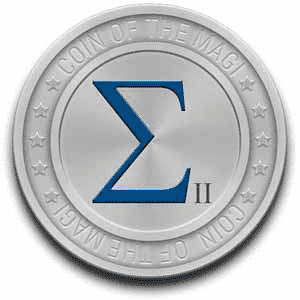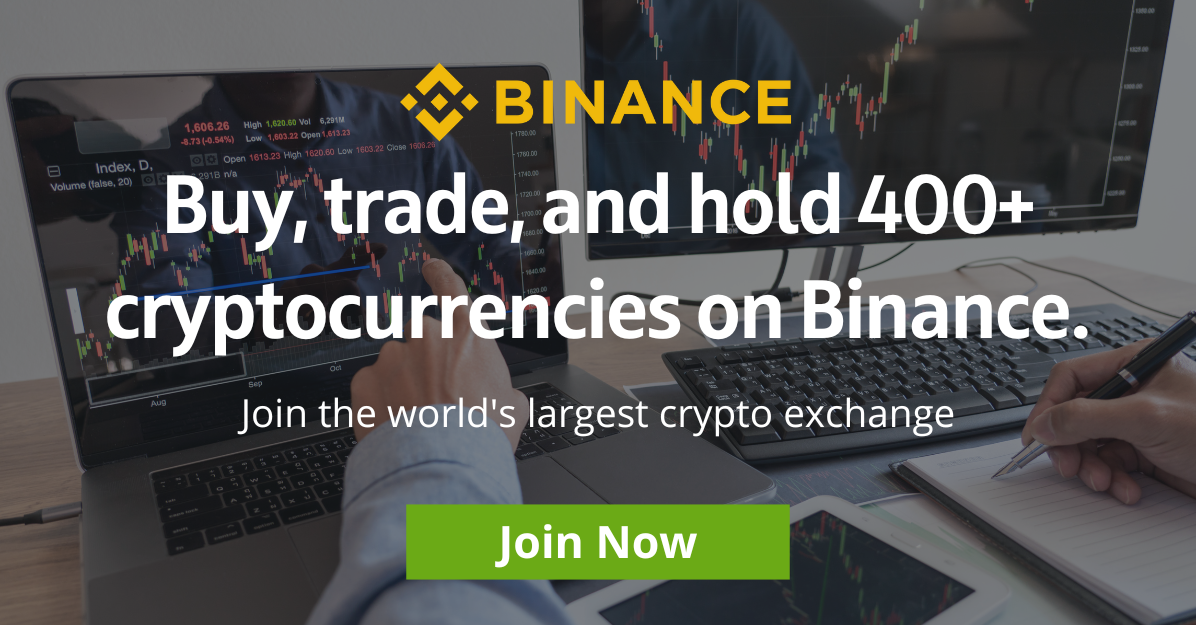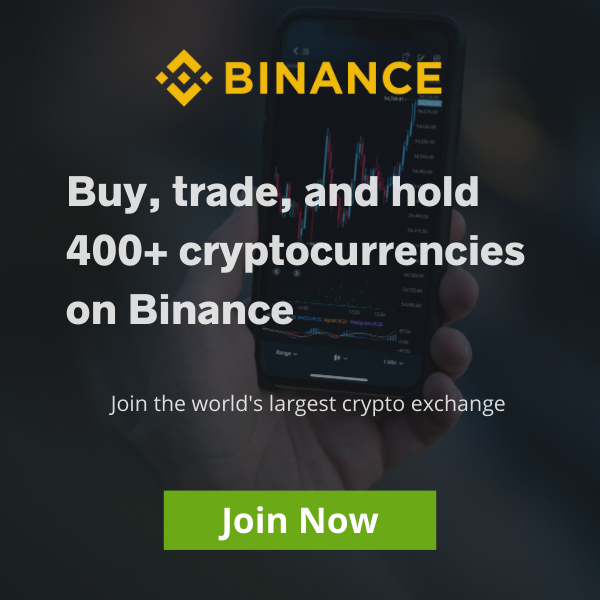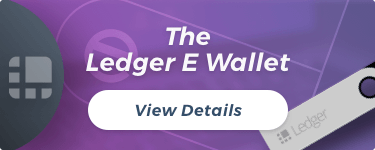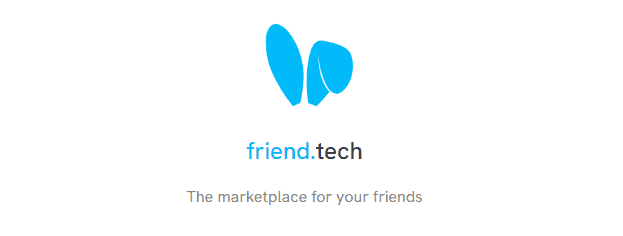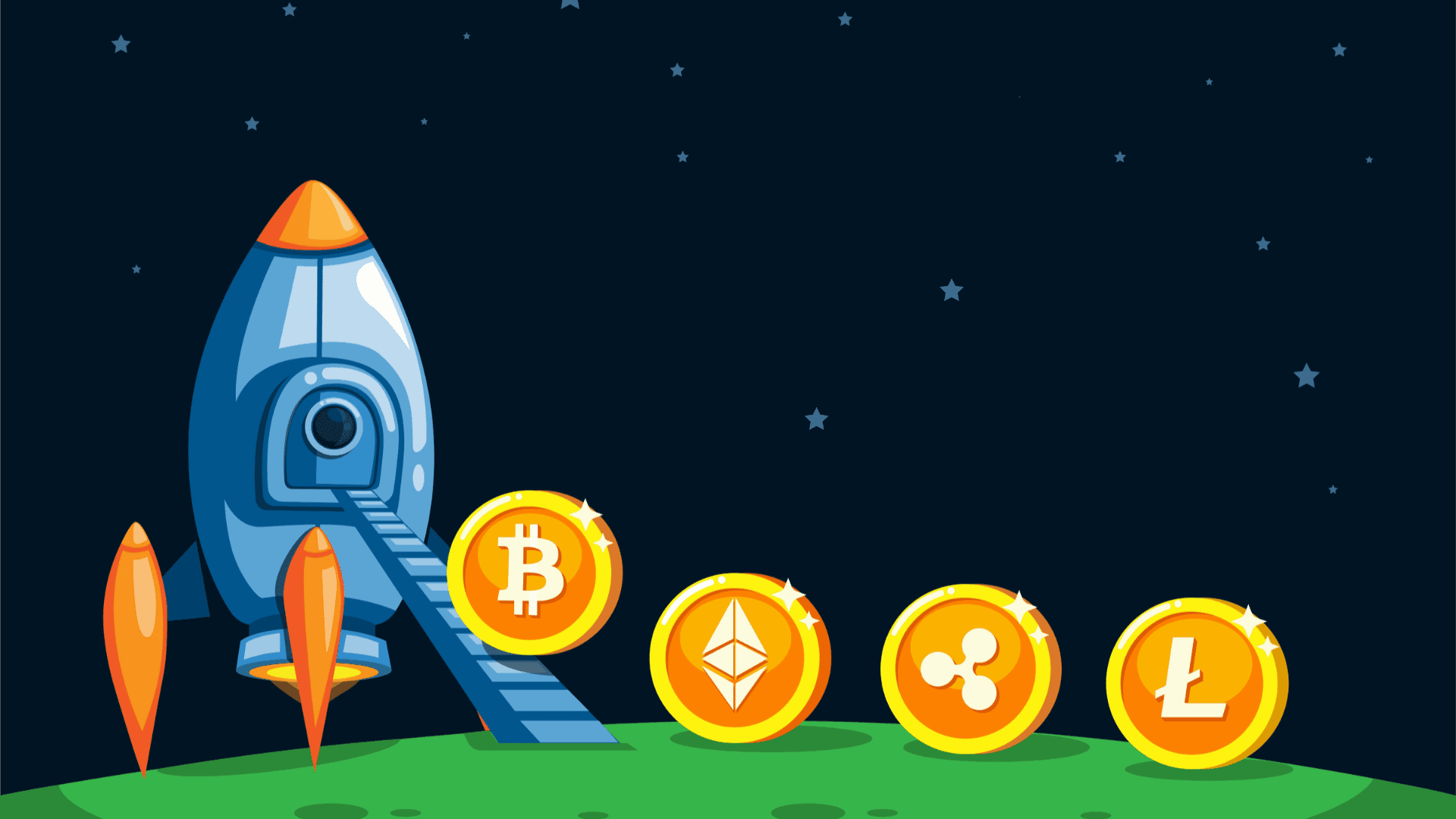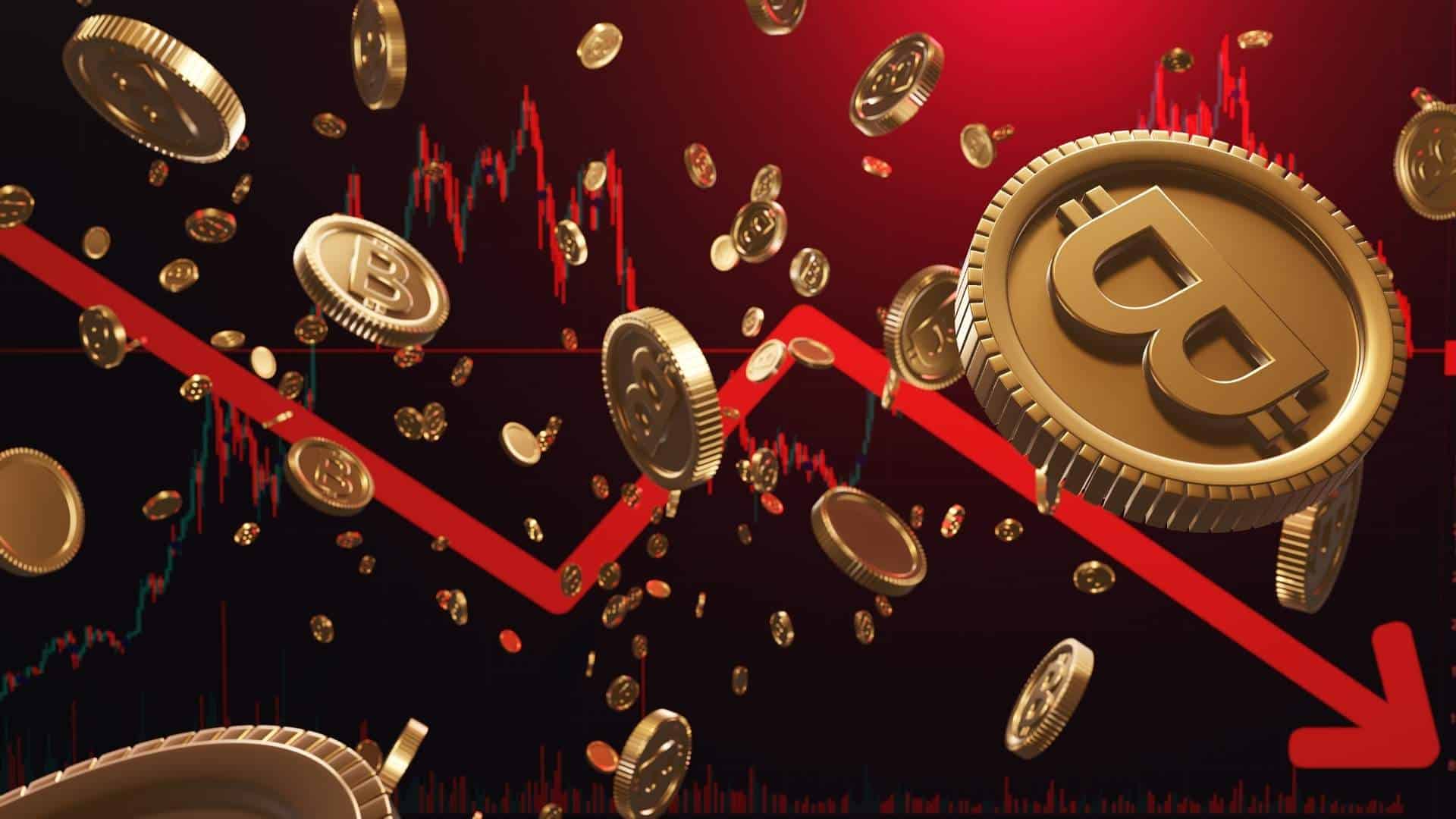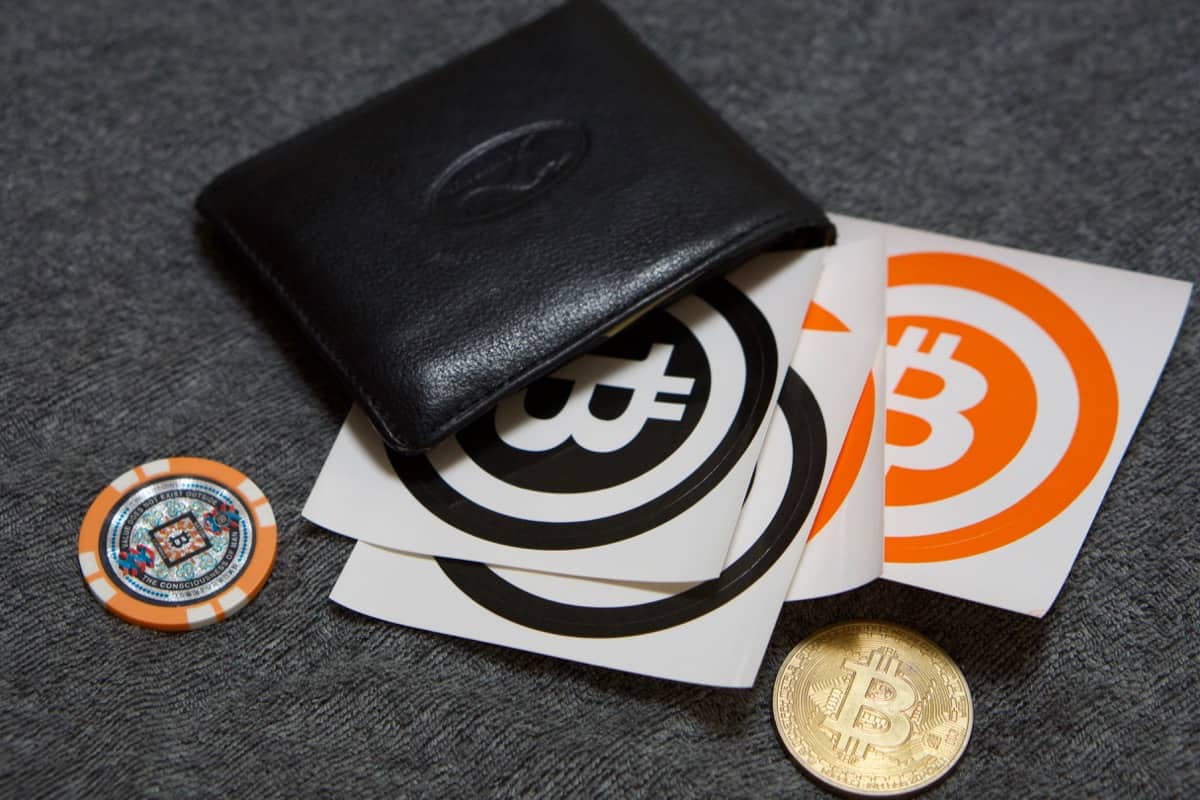
The Sandbox (SAND)
| Market Cap | Volume | Last Trade |
|---|---|---|
The Sandbox Details
| Built On | Launch Date | Proof Type | Max Supply | Circulating Supply | Website |
|---|---|---|---|---|---|
| 0 | 0 | NO | Platform | Block Reward | Block Time | Block Number | Net Hashes Per Sec | The Sandbox |
| 0 | 0 | Trade |
The Sandbox (SAND) price today is $0.0000000 USD. Trading volume was 0.00 SAND in the last 24 hours. Current market cap of The Sandbox is $0 USD. The Sandbox has a circulating supply of 0 SAND coins out of a maximum supply of 0 SAND coins.
An In-Depth Look at The Sandbox (SAND)
What is The Sandbox (SAND) and how does it work?
Overview
The Sandbox is a community-driven platform where creators can monetize voxel assets and gaming experiences on the blockchain. It represents a virtual world where players can build, own, and monetize their gaming experiences in the Ethereum blockchain using SAND, the platform's utility token.
SAND's main purpose is to facilitate transactions within The Sandbox ecosystem. This allows players to buy and sell virtual goods and services, including assets, game experiences, and land. The Sandbox was launched on August 5, 2020.
Technical Aspects
The Sandbox utilizes the Ethereum blockchain, which means that all transactions, whether it's the purchase of land, assets, or game experiences, are facilitated through smart contracts. This ensures security, transparency, and immutability.
SAND, as an ERC-20 token, serves as the basis for transactions within The Sandbox. It allows users to play games, purchase assets, and stake on the platform's governance. The Sandbox also features another token, ASSETS, which is an ERC-1155 token that represents virtual goods within The Sandbox ecosystem.
The Sandbox also uses a Proof of Stake consensus algorithm, which means that users who hold and stake SAND tokens are able to govern the platform and participate in decisions about its future.
Team
The Sandbox is developed by Pixowl, a team experienced in building successful games since 2011. The project's founders are Arthur Madrid and Sebastien Borget. Arthur Madrid is a serial entrepreneur who previously founded Pixowl, while Sebastien Borget is an entrepreneur with expertise in creating and marketing mobile games.
The Sandbox also has a robust team of investors and partners. Among its investors include Square Enix, the company behind famous gaming franchises like Final Fantasy and Dragon Quest, and True Global Ventures, an international, early-stage super angel investment firm. Partners include CryptoKitties, OpenSea, and MakerDAO.
The team's vision for The Sandbox is to usher in a new era of user-generated content, community collaboration, and blockchain technology. They aim to empower players by giving them full control over their in-game assets and providing them the tools to create, trade, and monetize their gaming experiences. Their ultimate goal is to democratize gaming by making it more accessible, creative, and enjoyable for players across the world.
From its inception, The Sandbox has attracted a strong community of players, creators, and enthusiasts, and continues to grow and evolve. It represents a unique confluence of gaming, blockchain technology, and community collaboration, and stands as a compelling example of the potential of blockchain technology.
How Does The Sandbox (SAND) Make Money?
The Sandbox (SAND) is a decentralized, blockchain-based virtual world where players can own, create, and monetize their gaming experiences. The platform makes money through a number of unique means.
Revenue from SAND Token Sales
The Sandbox operates on its own native cryptocurrency, SAND, which acts as the primary medium of exchange in the ecosystem. Users buy SAND tokens to participate in the platform's various activities. The Sandbox occasionally organizes token sales, where it sells a portion of its token supply to the public. The proceeds from these sales generate revenue for the platform.
Virtual Real Estate Sales
In The Sandbox, users can purchase virtual land plots using SAND tokens. These lands, represented by non-fungible tokens (NFTs), are limited in supply and often sought after by users to create and host their own interactive games. The platform makes money by selling these virtual land plots.
Commissions on Market Transactions
The Sandbox has its own marketplace where users can trade virtual assets such as equipment, characters, and even the aforementioned virtual lands. Each transaction on the marketplace is subject to a commission fee, a portion of which is earned by The Sandbox.
Partnerships and Collaborations
The Sandbox also collaborates with various brands, artists, and game developers to create special content within the platform. These collaborators pay The Sandbox to get their content featured, thus generating additional revenue for the platform.
How Can I Make Money with The Sandbox?
As a user, there are several ways to potentially earn money within The Sandbox ecosystem.
Buying and Selling Virtual Land
The Sandbox's virtual lands are represented by NFTs, which can appreciate in value over time based on demand. Users can potentially make a profit by buying these lands and selling them at a higher price in the future.
Creating and Selling Virtual Assets
Users with creative skills can create their own virtual assets, such as characters and equipment, and sell them on The Sandbox's marketplace. These assets are also represented by NFTs and can be traded for SAND tokens.
Game Development
Game developers can create and host their own games on their virtual lands in The Sandbox. They can charge players SAND tokens to access and play these games, thus generating income.
Staking SAND Tokens
The Sandbox also offers staking options for its SAND tokens. By staking their tokens, users can earn passive income in the form of additional SAND tokens. The more tokens a user stakes, the higher the potential return.
Participating in The Sandbox's Play-to-Earn Model
The Sandbox features a play-to-earn model, where players can earn SAND tokens by participating in various in-game activities and challenges. This provides an opportunity for players to earn while enjoying the gaming experience.
In conclusion, The Sandbox offers multiple ways for both the platform and its users to generate income, providing a unique blend of gaming and finance in the burgeoning field of blockchain technology. As the platform continues to grow and evolve, it's likely that even more monetization opportunities will emerge for those participating in The Sandbox's virtual world.
How Can I Buy The Sandbox (SAND)?
Investing in the world of cryptocurrency can seem daunting, particularly for beginners. However, purchasing The Sandbox (SAND) is a relatively straightforward process. This section will guide you through the steps of buying SAND on Binance.
Create an Account on Binance
Start by creating an account on Binance, one of the leading cryptocurrency exchanges globally. Go to the Binance website and click the 'Register' button. You will need to provide some basic personal information to set up your account.
Verify Your Account
Once your account is created, Binance will ask you to verify your identity for security reasons. This process typically involves uploading a photo ID and proof of address. It's a crucial step to ensure the safety of your transactions and assets.
Secure Your Account
Next, secure your account by setting up Two-Factor Authentication (2FA). This extra security layer will require you to provide a second form of identification every time you log in or make significant transactions. It's an effective way to protect your account from unauthorized access.
Deposit Fiat Or Cryptocurrency
After securing your account, deposit funds into it. You can deposit fiat currency (like USD, EUR) or cryptocurrency (like Bitcoin or Ethereum) depending on your preference. To deposit, go to the 'Funds' section, select the 'Deposits' option, choose your desired currency, and follow the provided instructions.
Buy The Sandbox (SAND)
Now that you have funds in your Binance account, you can purchase SAND. Go to 'Markets', search for 'SAND', and click on the result to open the trading view. Here, you can set your purchase price and the amount of SAND you want to buy. After confirming all the details, click 'Buy SAND'.
Store Your SAND in a Secure Wallet
Once you've purchased SAND, it's essential to store it safely. Binance provides an online wallet where you can keep your SAND. However, for enhanced security, consider transferring your SAND to an offline wallet.
For a more detailed guide on purchasing The Sandbox (SAND), you can visit the comprehensive guide on Datacoinz.
What are the Best Wallets for SAND?
When it comes to storing your SAND tokens securely, choosing the right wallet is crucial. Here are some of the best wallets for SAND:
-
Trust Wallet: Trust Wallet is a secure and easy-to-use mobile wallet that supports a wide range of cryptocurrencies, including SAND. It also allows you to manage Non-Fungible Tokens (NFTs), which are a significant part of The Sandbox ecosystem.
-
MyEtherWallet (MEW): As an Ethereum-based token, SAND can be stored in any wallet that supports ERC-20 tokens like MyEtherWallet. MEW is a free, open-source wallet that allows you to interact directly with the Ethereum blockchain.
-
Ledger Nano S: If you're looking for maximum security, a hardware wallet like Ledger Nano S is the best choice. Although it's a bit more complex than mobile or web wallets, it offers top-notch security by storing your SAND offline.
-
MetaMask: MetaMask is a web wallet that allows you to interact with the Ethereum blockchain. It's popular among the Ethereum community and is also compatible with SAND.
Always remember to do your research and choose a wallet that best fits your needs. Also, always ensure the security of your wallet to protect your SAND tokens.
How Can I Find More The Sandbox (SAND) News?
As an investor or enthusiast, staying updated with the latest news, updates, and trends about The Sandbox (SAND) is crucial. This section provides links to reliable sources that can keep you informed about this rapidly evolving platform.
The Sandbox Website
The Sandbox's official website is the first and most reliable place to find news and updates about the platform. It provides a wealth of information, including details about the platform's architecture, its partnerships, and the latest developments. The website also contains a blog section where regular posts keep the community engaged and informed.
The Sandbox Whitepaper
For those interested in the technical aspects of The Sandbox, the whitepaper is a must-read. It provides an in-depth explanation of the platform's purpose, its technology, and how it plans to revolutionize the gaming industry. The whitepaper is frequently updated to reflect changes in the platform's design and operation.
The Sandbox Twitter
The Sandbox's official Twitter account is another great source of news and updates. It's regularly updated with information about new games, partnerships, and events. The platform's Twitter feed also includes links to live streams, AMAs (Ask Me Anything), and other interactive content.
Coins Similar To The Sandbox (SAND)
The Sandbox is part of the rapidly growing world of blockchain gaming. There are several other coins in this sector that are similar to SAND in terms of their use case and target audience. Let's take a closer look at a few of them.
Decentraland
Decentraland is a virtual reality platform powered by the Ethereum blockchain. Users can create, experience, and monetize content and applications. Like The Sandbox, Decentraland allows users to own virtual land that they can build upon. For more information about Decentraland, you can visit the provided link.
Axie Infinity
Axie Infinity is a Pokémon-inspired universe where anyone can earn tokens through skilled gameplay and contributions to the ecosystem. In Axie Infinity, players can breed, raise, battle, and trade in-game creatures called Axies. If you're interested in learning more about Axie Infinity, follow the link above.
SingularityNET
SingularityNET is a decentralized marketplace for AI services. It's not strictly a gaming coin, but its artificial intelligence services have applications in the gaming industry. For instance, SingularityNET's AI could be used to create more realistic NPCs (Non-Player Characters) in games. To find out more about SingularityNET, visit the link provided.
Enjin Coin
Enjin Coin is a cryptocurrency for virtual goods created by Enjin. Enjin is the largest gaming community platform online with over 250,000 gaming communities and 18.7 million registered gamers. Enjin Coin is used to directly back the value of in-game assets. For more details about Enjin Coin, check out the link above.
An In-Depth Look at The Graph (GRT)
What is The Graph (GRT) and how does it work?
Overview
The Graph (GRT) is a decentralized protocol for indexing and querying data from blockchains, starting with Ethereum. It makes it possible for developers to build serverless decentralized applications (dApps) that can operate at scale without the need for centralized servers or proprietary infrastructure. The Graph makes data accessible in a secure, reliable, and efficient manner, overcoming a significant hurdle in the blockchain ecosystem. The Graph protocol was launched on December 17, 2020.
Technical Aspects
The Graph's decentralized network is made up of Indexers, Curators, and Delegators. Indexers operate nodes, which process queries and maintain indexing servers. Curators signal to Indexers what data should be indexed, while Delegators secure the network by delegating their GRT tokens to Indexers.
The Graph uses a native utility token, GRT, which is used to allocate resources in the network. Indexers stake GRT to provide indexing and query processing services. Curators and Delegators also use GRT to vote for or against Indexers based on their performance.
The Graph is built on a combination of blockchain and off-chain technologies. It uses Ethereum for its consensus layer, IPFS for its storage layer, and a combination of other technologies like libp2p and protobuf for its transport and data layers, respectively.
Team
The Graph is backed by a team of experienced blockchain developers and business executives. The co-founders, Yaniv Tal (Project Lead), Jannis Pohlmann (Tech Lead), and Brandon Ramirez (Research Lead), have extensive experience in the blockchain and software development space.
Yaniv Tal has a background in software engineering and has worked in various tech startups before co-founding The Graph. Jannis Pohlmann is a software engineer who has contributed to several open-source projects in the Ethereum ecosystem, while Brandon Ramirez has a background in economics and finance, with a focus on monetary theory and policy.
The Graph Foundation, which oversees the development and operation of the protocol, is supported by various investors and partners. These include leading venture capital firms such as Coinbase Ventures, Digital Currency Group, and Compound.
The Graph has also partnered with numerous projects in the blockchain space, including Uniswap, Decentraland, Synthetix, and many others. These partnerships have helped to ensure that The Graph protocol is used as a fundamental layer in the burgeoning decentralized web.
In conclusion, The Graph is a promising project that aims to solve a significant challenge in the blockchain ecosystem. Its experienced team, strong investor support, and strategic partnerships position it well to become a key player in the decentralized web.
How Does The Graph (GRT) Make Money?
The Graph (GRT) is a decentralized protocol for indexing and querying data from blockchains, primarily Ethereum. It plays a crucial role in the blockchain ecosystem by providing a tool for developers to easily extract and use data on the blockchain. But how does this cryptocurrency make money? The answer lies in the utility and use cases of the GRT token itself.
Transaction Fees
One of the primary ways The Graph makes money is through transaction fees. When developers or users query data from the blockchain using The Graph, they pay a fee. These fees are paid in GRT, the native token of The Graph. The more the utilization of the protocol, the more fees are generated, thereby driving the value of the GRT token.
Delegation and Indexing
Another key way The Graph makes money is through delegation and indexing. The Graph protocol relies on a network of nodes, known as indexers, to process queries and fetch data. These indexers are incentivized to provide this service by earning GRT tokens. Delegators, who are token holders that delegate their GRT tokens to indexers, also earn a portion of the rewards. This creates a positive feedback loop, where more usage of the protocol equals more earnings for indexers and delegators, and hence more demand for the GRT token.
Token Appreciation
Lastly, The Graph makes money through the appreciation of the GRT token. As the protocol becomes more widely used, the demand for GRT tokens increases, driving up the price. This not only benefits The Graph as the largest holder of GRT tokens but also all other token holders.
How Can I Make Money with The Graph?
Now that we understand how The Graph makes money, the next question is, how can individuals make money with The Graph? There are several ways to do this, primarily through token appreciation, staking, and providing services to the network.
Token Appreciation
As with any cryptocurrency, one of the most straightforward ways to make money with The Graph is through token appreciation. If the demand for GRT tokens increases, due to more developers using The Graph to query data from the blockchain or more investors recognizing its potential, the price per token will increase. This provides an opportunity for investors to make a profit by buying low and selling high.
Staking
Another way to make money with The Graph is through staking. Staking involves locking up a certain amount of GRT tokens in the network to help secure it. In return, stakers earn rewards in the form of additional GRT tokens. The more tokens you stake, the higher your potential rewards.
Delegation
If you don't want to run a node and become an indexer, but still want to participate in the network and earn rewards, you can become a delegator. Delegators delegate their GRT tokens to indexers and earn a portion of the rewards that the indexer generates. This provides a way for token holders to earn passive income from their GRT tokens.
Providing Services to the Network
Lastly, if you have the technical skills, you can earn GRT tokens by providing services to the network. This could involve becoming an indexer and processing queries, or a curator and signaling which APIs should be indexed by The Graph. This not only earns you GRT tokens but also helps to secure and improve the network.
In conclusion, The Graph provides numerous opportunities for both the protocol and individuals to make money. The key is understanding the various mechanisms at play and choosing the one that best fits your goals and capabilities.
How Can I Buy The Graph (GRT)?
Create an Account on Binance
The first step in purchasing The Graph (GRT) is to create an account on Binance. Binance is one of the world's leading cryptocurrency exchanges and offers a wide variety of cryptocurrencies for purchase, including GRT. Registering an account is a straightforward process, typically requiring only an email address and a secure password.
Verify Your Account
Before you can start trading on Binance, you'll need to verify your account. This process involves providing some basic personal information to comply with know-your-customer (KYC) regulations. This might include proof of identity and proof of address. Account verification is a crucial step to ensure the security of your account and transactions.
Secure Your Account
It's essential to secure your Binance account to protect your investments. This can be done by enabling two-factor authentication (2FA), which adds an extra layer of security. With 2FA, a unique code is sent to your mobile device each time you log in or make a transaction, preventing unauthorized access to your account.
Deposit Fiat or Cryptocurrency
Once your account is verified and secure, you're ready to make a deposit. Binance allows you to deposit both fiat and cryptocurrencies. If you're new to cryptocurrencies, you might find it easier to deposit fiat currency like USD, EUR, or GBP. However, if you already own cryptocurrencies like Bitcoin or Ethereum, you can also deposit these and trade them for GRT.
Buy The Graph (GRT)
After depositing funds into your Binance account, you can finally purchase The Graph (GRT). Navigate to the appropriate trading pair (e.g., GRT/USD if you deposited USD), enter the amount of GRT you wish to buy, and confirm your purchase. Congratulations, you've just bought your first GRT!
Store Your GRT in a Secure Wallet
After purchasing GRT, it's important to transfer it to a secure wallet. Storing your GRT in a wallet rather than on an exchange provides added security, as you're not relying on the exchange's security measures to protect your investment.
For a more detailed guide on how to buy GRT, please visit our comprehensive guide on buying The Graph (GRT).
What are the Best Wallets for GRT?
Choosing the right wallet for your GRT is essential to ensure the security of your investment. Here are some of the best wallets for storing GRT.
Ledger Nano X
The Ledger Nano X is a hardware wallet, which is considered the most secure way to store cryptocurrencies. It keeps your GRT offline and safe from potential online threats.
Trust Wallet
Trust Wallet is a mobile wallet that supports GRT and many other cryptocurrencies. It's user-friendly and has strong security measures, making it a good choice for those new to cryptocurrency.
MetaMask
MetaMask is a browser extension that allows you to interact with decentralized applications (dApps) on the Ethereum blockchain. It also supports GRT, making it a versatile choice.
Remember, the security of your investment depends not only on the wallet you choose but also on how well you manage your wallet's security. Always keep your wallet's private keys confidential and enable all available security features.
How Can I Find More The Graph (GRT) News?
As a cryptocurrency enthusiast, you likely want to stay up-to-date with the latest news about The Graph (GRT). The best sources for your information needs include the project's official website, the whitepaper, and its social media channels on platforms like Twitter and Reddit.
The Graph Website
The official website of The Graph is the definitive source of information about the project. It provides a wealth of information about the project's aims, its team, and its progress. The site also provides resources for developers and hosts blog posts that cover the project's updates in-depth. Visit the website to stay informed about the latest developments.
The Graph Whitepaper
The Graph's whitepaper is a comprehensive document that outlines the vision, technical aspects, and future plans of the project. This document is a must-read for anyone who wants to understand the project's core concepts and its long-term strategy. Dive into the whitepaper for a thorough understanding of The Graph.
The Graph Twitter
Twitter is the place to be for real-time updates about The Graph. The project's official account shares news, developments, and participates in community discussions. Follow The Graph on Twitter to join the conversation and stay updated with the latest news.
The Graph Reddit
Reddit is another platform where you can find discussions about The Graph. The project's subreddit is a community of enthusiasts who share news, ideas, and engage in debates about the project. Join the subreddit to participate in these discussions and stay informed.
Coins Similar To The Graph (GRT)
There are several other cryptocurrencies that have similarities with The Graph, either in terms of vision, technology, or the problem they are trying to solve. Some of these include Fetch.ai, Ocean Protocol, OriginTrail, and inSure DeFi.
Fetch.ai
Fetch.ai aims to build an economic internet—an environment where digital entities can autonomously and spontaneously meet and interact. Its sophisticated technology stack includes elements of blockchain, AI, and multi-agent systems. To delve more into Fetch.ai, visit the link provided.
Ocean Protocol
Ocean Protocol seeks to unlock the value of data. It provides a platform that allows individuals, industries, startups, and governments to freely exchange data while guaranteeing control, auditability, transparency, and compliance to all actors involved. Explore more about Ocean Protocol via the link above.
OriginTrail
OriginTrail is a purpose-built protocol for supply chains based on blockchain technology. It allows seamless data sharing along any supply chain, ensuring transparency and accountability in a scalable, trustless, and secure way. To find out more about OriginTrail, click on the link.
inSure DeFi
inSure DeFi aims to provide stability to the crypto world by protecting users from scam exit and drastic devaluations of crypto assets. It offers a decentralized insurance platform with reliable and comprehensive coverage. Explore more about inSure DeFi through the given link.
The Sandbox Markets
| Rank | Exchange | Country | Coin Types | Fees | Trade |
|---|---|---|---|---|---|
| 1 |
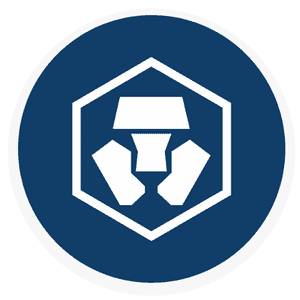 Crypto.com
Crypto.com
|
Hong Kong | 287 Currencies including SAND | 0.04% - 0.4% | More info |
| 2 |
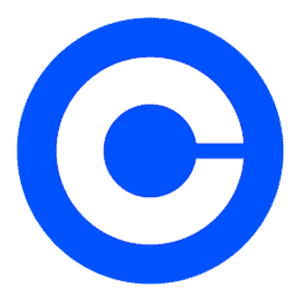 Coinbase
Coinbase
|
US | 241 Currencies including SAND | 1,49% > 3,99% | More info |
| 3 |
 Binance
Binance
|
Cayman Islands | 366 Currencies including SAND | 0,10% | More info |
| 4 |
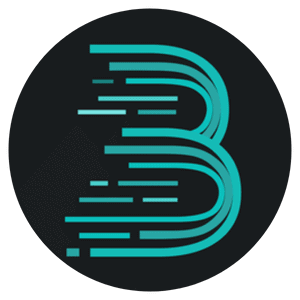 BitMart
BitMart
|
Cayman Islands | 723 Currencies including SAND | 0.04% - 0.4% | More info |



